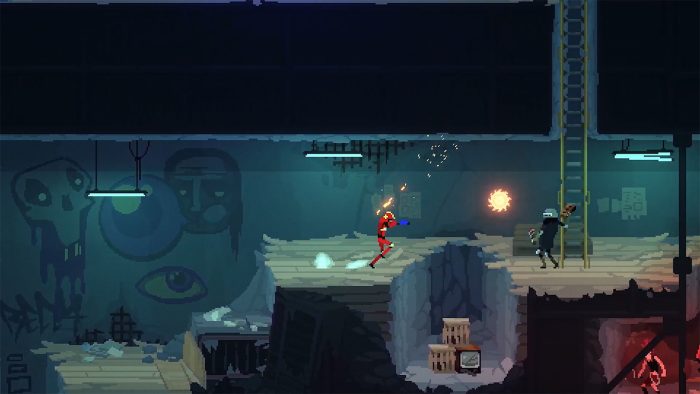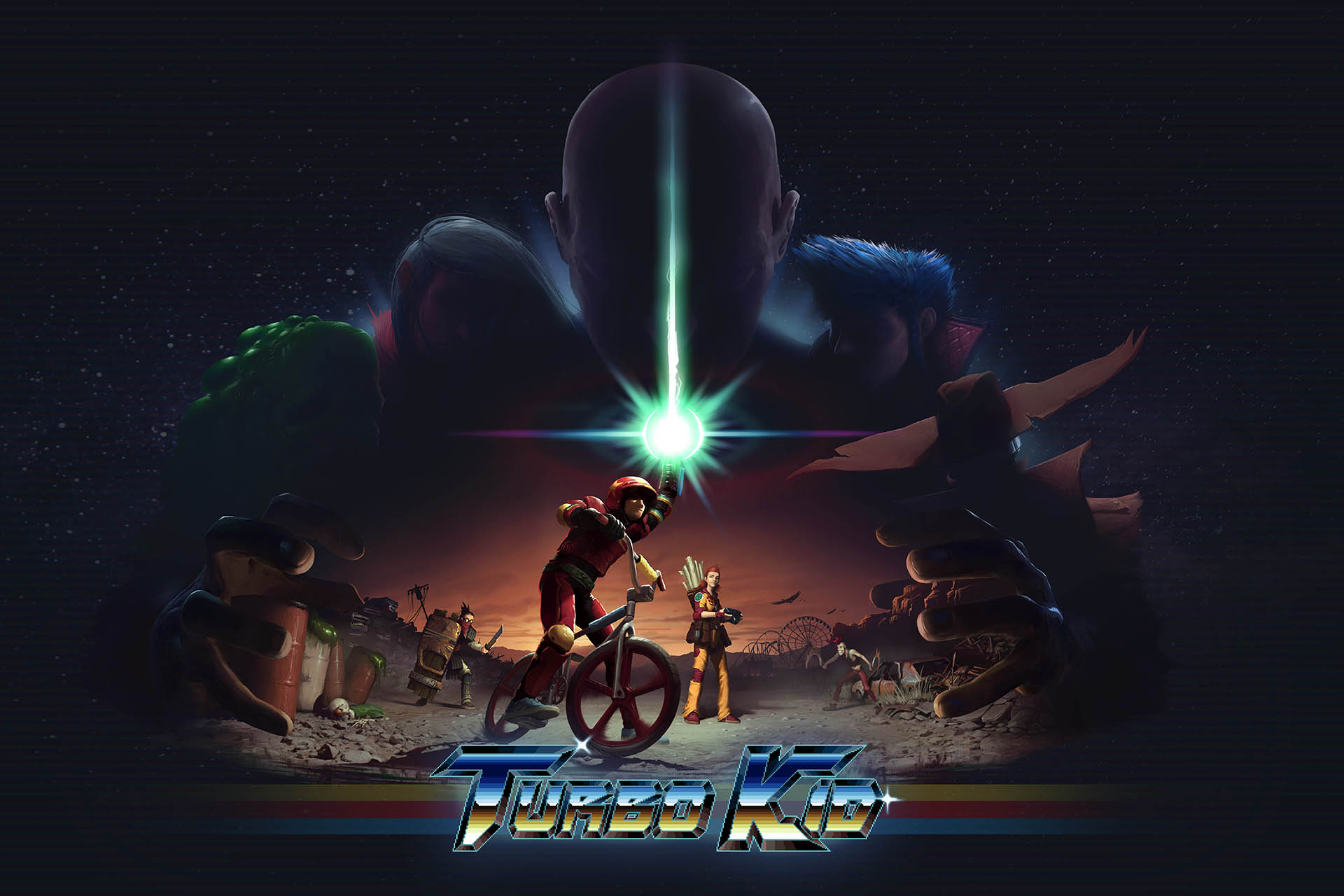Turbo Kid brings back an era of cult classic movies and games through a wild 2D spiritual sequel
One thing I would never have put on my bingo card in 2024 is a standalone sequel to the cult classic film Turbo Kid. Set in the wastelands of a post-apocalyptic Earth and paying homage to the likes of such things as Mad Max, Rad, and Mega Man, the film follows the endeavors of The Kid, his powersuit and his robotic girlfriend on their journey to kill Michael Ironside. What’s more, I definitely didn’t expect it to take the shape of an old school Metroidvania.
But that’s exactly what we have here with Outerminds’s Turbo Kid. The titular hero is back, replacing Max Rockatansky’s eponymous Interceptor with a BMX bike in this 2D Action Platformer. (Sadly, his beloved robotic friend Apple met her demise at the end of the original film, which is touched upon in some heartfelt ways throughout the game.)
Just like the film, Turbo Kid the video game wears its love for 80s and 90s pop culture on its sleeve. In our attempt to ride to the other side of the Wasteland we are waylaid by bandits and left for dead, the bike and powers from the movie needing to be reacquired once more. This is a Metroidvania after all. Thankfully for The Kid, he’s rescued by the upbeat if a bit crazy Naomi and taken to New Hope. Nothing is ever easy for The Kid though, as a religious cult known as Singularism has spread throughout the area and to continue on we’ll need to collect weapons and kick butt in a game so gory that it gives the ending of District 9 a run for its money.

The core gameplay loop has us proceeding through various unique biomes to defeat its boss and acquire their weapon ability. These are large and labyrinthine zones filled to the teeth with enemies, environmental hazards, and places to use our bike in unique ways, such as races or just as a means to reach inaccessible areas. While the bike is the main platforming hook it doesn’t over use itself, as we will still find ourselves on foot as often as not for platforming and shooting enemies.
Scattered throughout each of the biomes are a bevy of appropriately zany characters (my favorite being a recurring mutant rat named Shivers who tasks us with bringing them turtles to eat), upgrades and collectibles, as well as bike races to undertake. Sadly, as big as these areas seem to be, it quickly becomes apparent their complexity is fairly rote and barebones. It almost always boils down to get from point A to point B, which are connected by straightforward critical paths. It doesn’t help that some of the ability upgrades to uncover to make such paths possible are obtusely placed. The prime example of this is needing to beat very difficult bike challenges that reward us with an ability that makes said challenges easier.
Yet the weakest element of the game by far has to do with enemy variety and boss design, the latter of which have infuriating difficulty spikes that pushed me to use accessibility features. It isn’t helped that during all of these fights there’s an insane amount of text boxes appearing, hiding projectiles and traps. They’re there to add cinematic flair to the action, which I could appreciate if they didn’t result in my death countless times.
With that said, much of the game was enjoyable due to the style, be it the over-the-top gore and humor, or the unique take on using a bike in a Metroidvania (even though the physics could use some tweaking). The visual aesthetics when not getting in the way, the heartfelt story, and the absolutely killer soundtrack does a great job of hiding its flaws. And it got me thinking about what other obscure movies need to be adapted into the video game format, which is probably a good sign.
This review is based on a PC code sent to SideQuesting by the publisher.


No Comments